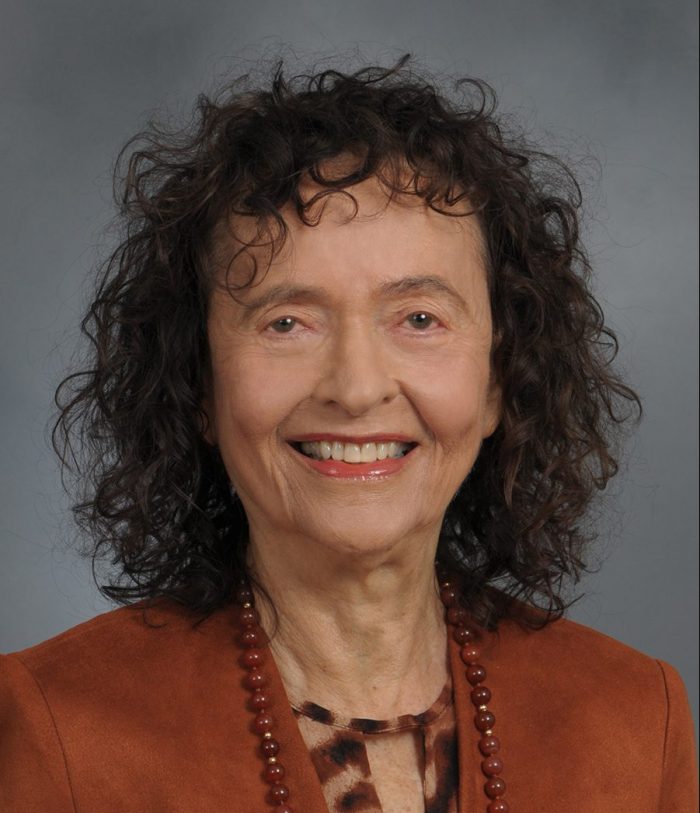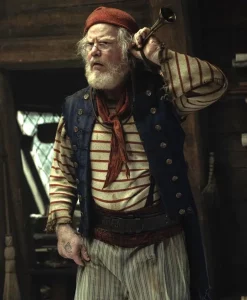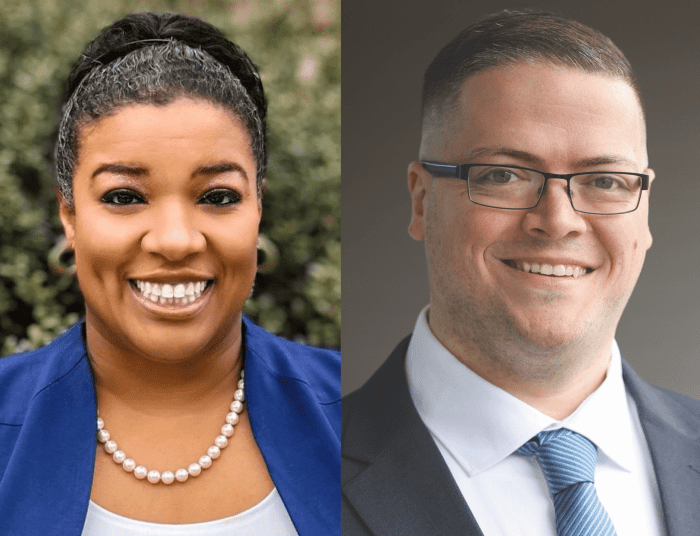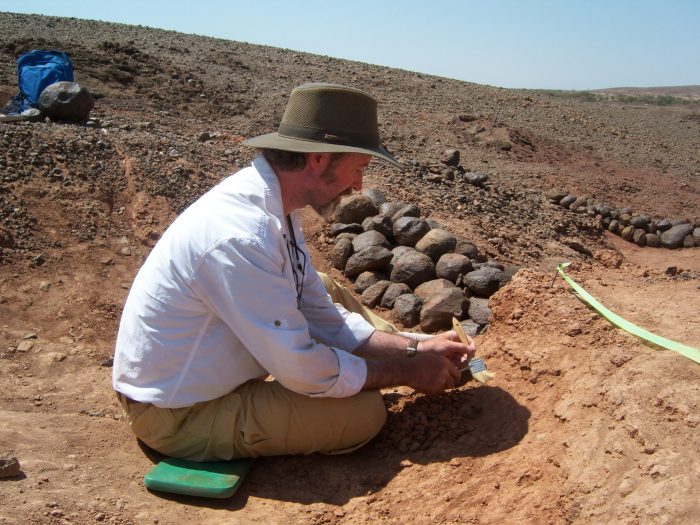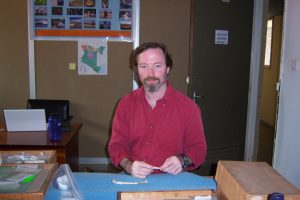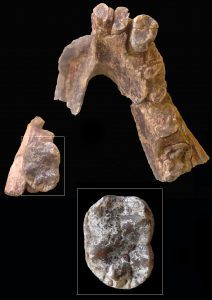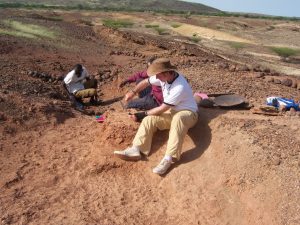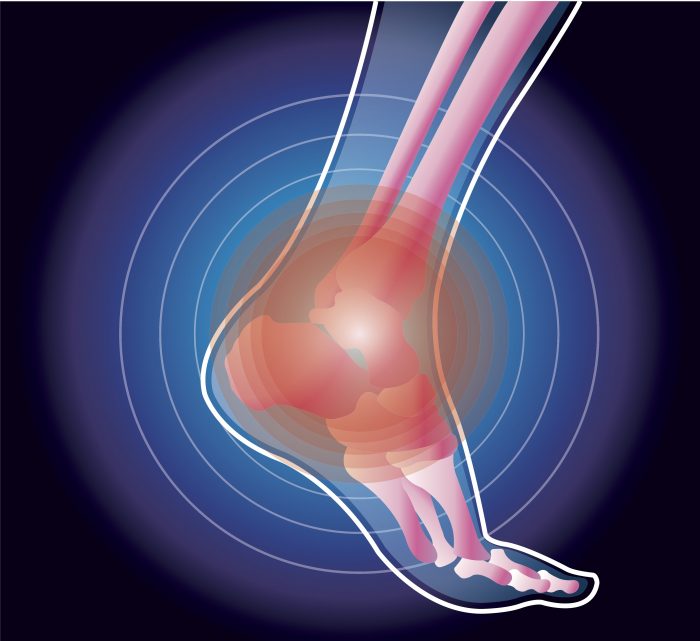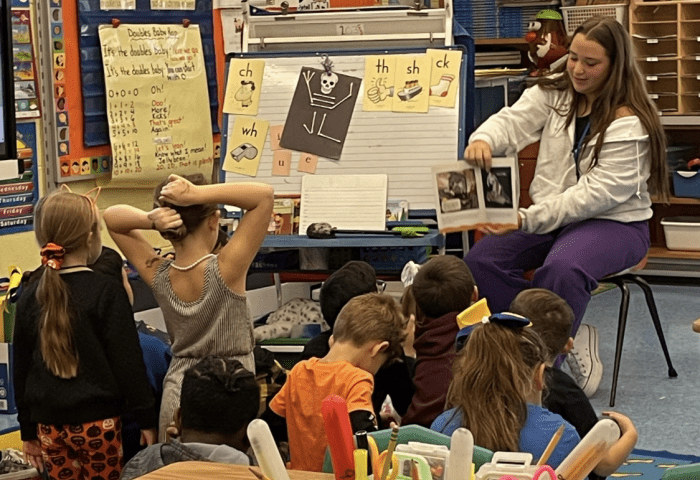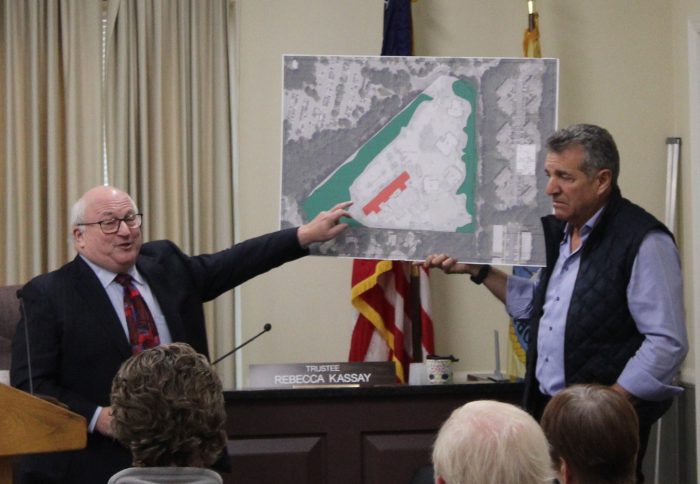Setauket resident Dr. Dorothy Lane was recently awarded the 2023 Ronald Davis Special Recognition Award from the American College of Preventive Medicine for her “exceptional contributions” in the field of preventive medicine.
She is a SUNY distinguished service professor; vice chair of the Department of Family, Population and Preventive Medicine; and associate dean for Continuing Medical Education in the Renaissance School of Medicine at Stony Brook University.
In a phone interview, Lane told how she became involved in preventive medicine: “I became interested in medicine because my dad was a family doctor, and he had his office in our home. So, I really grew up with medicine and then, once in medical school … I became interested in prevention and avoiding disease, trying to keep people healthy.”
Lane’s brother is also a doctor. “I guess my dad had a strong influence,” she said. Additionally, one of Lane’s children is a doctor, so medicine runs in the family.
The distinguished professor grew up in Brooklyn, but moved to Long Island after she was married. “I’m one of the founding faculty of the school,” she said. “I came here partly because my husband was also coming. So, that was in the beginning of the medical school at Stony Brook in 1971.”
Lane was the founding director of the Stony Brook residency program in General Preventive Medicine and Public Health. “I really get a lot of joy out of helping to train specialists in the field of preventive medicine,” she said. “That certainly has been a very rewarding activity, and they have gone on to hold important positions, leadership positions, in health departments and in many sectors practicing preventive medicine.”
Dr. Iris Granek is the founding chair of the Department of Family, Population & Preventive Medicine at Renaissance School of Medicine and is one of the many former residents that Lane greatly influenced. “She was my program director back in 1993 when I went back to do a preventive medicine residency program,” Granek said in a phone interview. “She was a great mentor … I really feel like my career is thanks to her.”
Dr. Yuri Jadotte graduated from SBU in 2018. In a phone interview, he said that based on Lane’s recommendation, the medical school asked him to remain as a faculty member and an associate program director for the residency program. “I’ve been working with her primarily in that capacity ever since,” he said.
Jadotte explained why Lane was more than worthy of the esteemed Ronald Davis award.
“She’s the only person in our specialty in preventive medicine to have been head of all the major agencies for the specialty,” he said. “She was the president of the American College of Preventive Medicine and was president of the Association for Prevention Teaching and Research — it’s sort of like the academic specialty society for teachers of prevention. And she was also the head of the American Board of Preventive Medicine, which is the group that oversees the continuing education for all preventive medicine physicians. And so having done that, she’s had a hand in all those different areas of the specialty.”
Granek, who compiled Lane’s nomination packet for the Davis award, spoke on the Women’s Health Initiative, a clinical study in which Lane served as the principal investigator. Granek praised Lane’s “ability to really write and get good grants.”
“With the Women’s Health Initiative, it was almost a long shot for us to get this because many of the other centers around the country had been doing these kinds of long-term prevention trials, and we didn’t have anything set up at Stony Brook,” Granek said.
Lane described WHI as “one of the studies that was very interesting and is still ongoing.” She said it is “directed at the major causes of death and disability among postmenopausal women.”
“The trial that we ran that’s the most well-known has to do with hormone therapy,” Lane said. “At the time the study started, the belief was that this was necessary … But it never had been proven, based on evidence. The interesting thing that the study revealed was that it actually increased the risk of developing breast cancer.”
Jadotte said WHI is the “largest study of women’s health ever conducted within the U.S.”
“A lot of things have been studied through [WHI], whether it’s cancer screenings, postmenopausal medication, all kinds of different approaches to improving women’s health, especially as they age,” he said.
“I’ve heard people describe [Lane] as the godmother of preventive medicine, and that tells you the impact she’s had on the specialty,” Jadotte added.
While Lane has made a large impact on large-scale projects, she also invests in the lives of her residents.
“So many of the residents have become really successful and gotten great positions,” Granek said. “And I think she’s responsible for all of that, really.”
“She has a very kind, calm demeanor about her that inspires trust,” Jadotte said. “Anybody who graduates from our program is always absolutely proud to have been here.”
She added, “Let’s just say she’s the kind of mentor that we all wish we had — and some of us are fortunate to have — in medicine and public health.”
Lane’s husband, Bernard, passed in 2017. He was a pathologist and founding faculty member of the medical school at Stony Brook University. The couple had been married for almost 55 years. “In my era where there weren’t that many female physicians, he was always very supportive,” his wife said.
Lane has three children and four grandchildren. “I am proud of all of them,” she said.
When younger, she had several hobbies but as her career advanced the more she wanted to spend the free time with her family.
The doctor does not have any plans to slow down yet. “I love my work and I don’t have any plans for retiring,” she said. “So, as long as I have the energy … I think it’s a great way to keep your brain working, actually. But I enjoy what I do, and I think my residents keep me young.”

